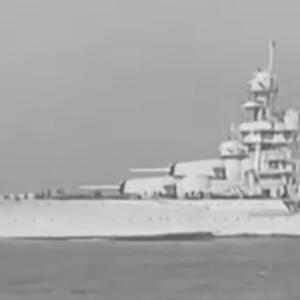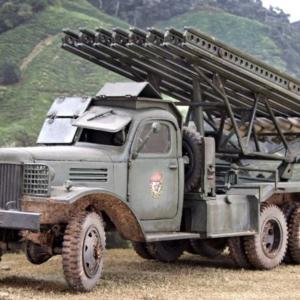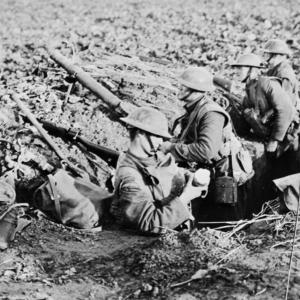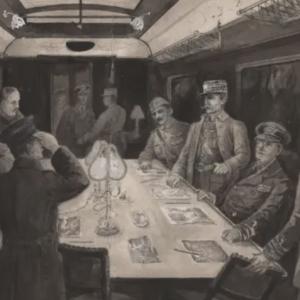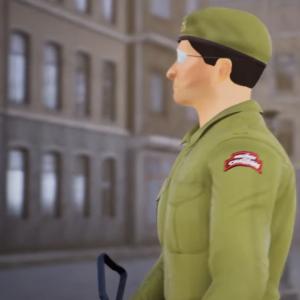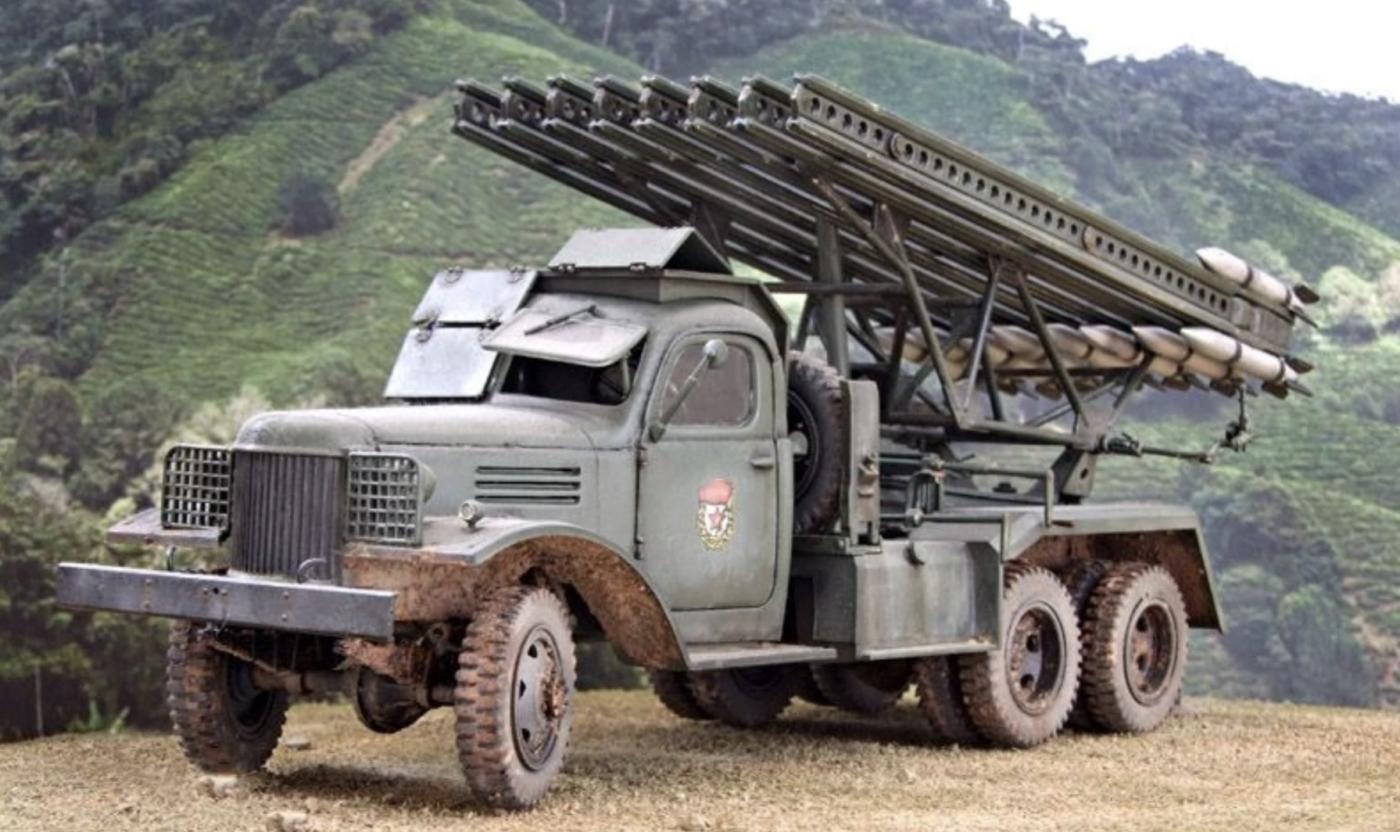
Katyusha Rocket Launcher
The Katyusha was a Soviet truck-mounted multiple rocket launcher that became one of the most iconic and feared weapons of the Second World War. It was developed in the late 1930s from Soviet research into solid-propellant rockets conducted by engineers at the Gas Dynamics Laboratory and later the Reactive Scientific Research Institute. There was no single inventor; it was the product of a team of rocket engineers. Its name “Katyusha” came from a popular wartime song — a nickname rather than an official designation.
The most common Katyusha variant, the BM-13, fired 132 mm M-13 rockets. Launchers were mounted on light or medium trucks such as the Soviet ZIS-6 and later American Studebaker trucks supplied through Lend-Lease. The design allowed crews to drive into position, unleash a devastating salvo, and immediately relocate to avoid enemy artillery retaliation. There were also lighter 82 mm M-8 rockets and heavier 300 mm rockets used on other launcher types.
Range varied by rocket type. The 82 mm M-8 typically reached around 5 to 6 km. The standard 132 mm M-13 rockets usually had a range of 8 to 9 km, with later versions sometimes reaching up to around 12 km. The heavier 300 mm rockets had shorter range but far greater destructive power due to their larger warheads. The rockets were unguided and not very accurate individually, but their power came from firing many at once over a wide target area.
Katyusha launchers were mass-produced very rapidly after the German invasion in 1941. Only a small number existed at the start of the war, but by the end of the conflict the Soviet Union had built around 10,000 launchers of various models. The design was deliberately simple so that it could be manufactured by ordinary truck factories and adapted to many chassis types.
Each Katyusha vehicle was operated by a small truck crew of around 3 to 6 men, but a full battery included multiple launch vehicles, ammunition trucks and support personnel. A typical wartime firing unit was four launchers firing together, with larger regiments and brigades massing dozens of launchers for major offensives.
The Katyusha made a major difference on the battlefield by delivering an overwhelming explosive barrage in just a few seconds — something traditional artillery could not match. A battery could saturate a wide area with rockets in a single strike, devastating enemy infantry, supply lines or temporary strongpoints. The sudden noise and destructive force of an attack had a powerful psychological effect on enemy troops, who nicknamed it the “Stalin’s Organ” due to the wailing sound of the rockets.
Its tactical role was not precision but shock, suppression and mass area bombardment. Katyusha systems were often used to open offensives, smash defensive lines, disrupt reinforcements or obliterate assembly areas. They did not replace conventional artillery but worked alongside it — artillery for sustained accurate fire, the rocket units for rapid devastation.
By the later stages of the war, massed regiments of the launcher became a standard part of Soviet offensive planning, contributing heavily to major victories such as at Kursk and in the final drive into Germany. The concept of mobile multiple rocket artillery pioneered by the Katyusha influenced postwar designs worldwide and remains a key part of modern warfare.

